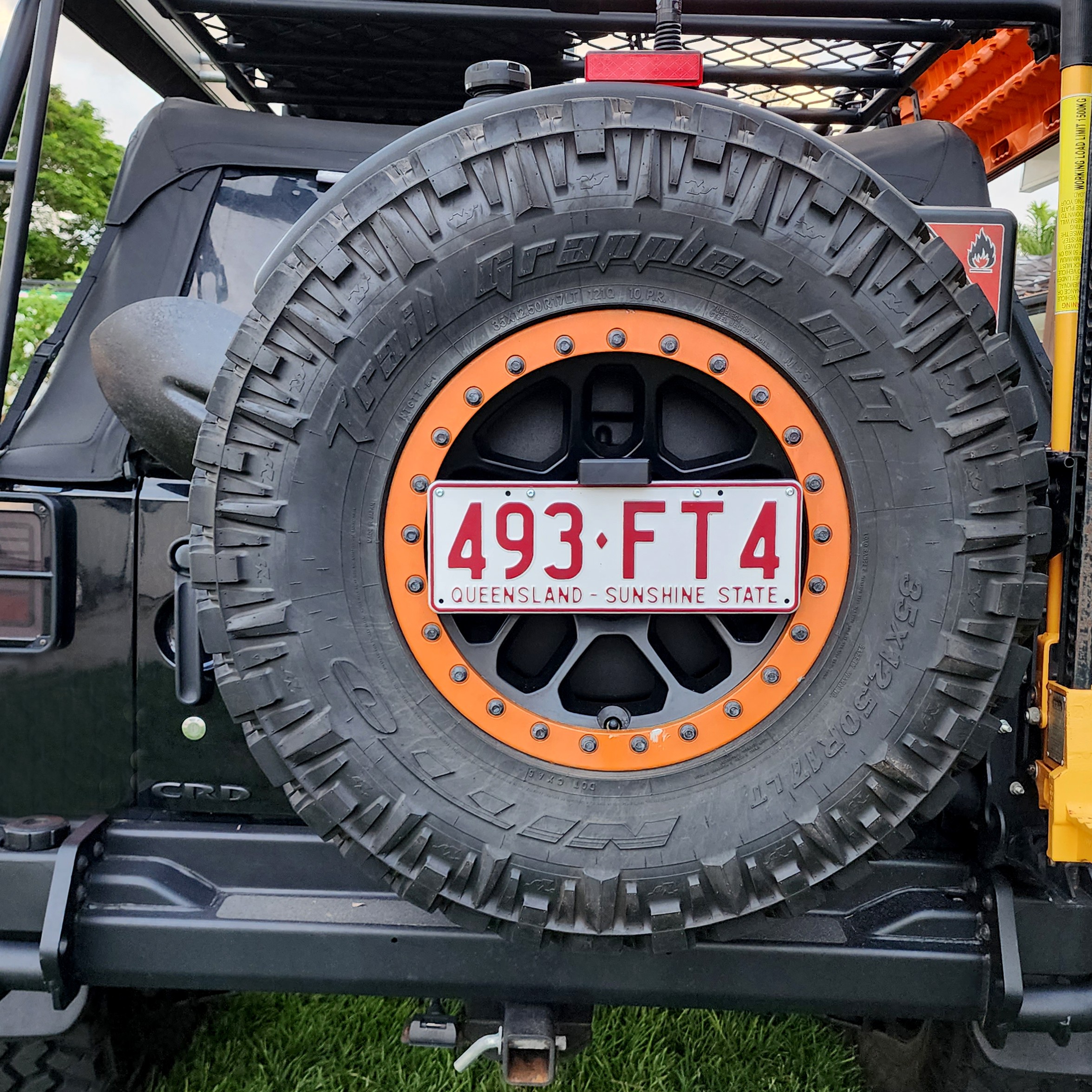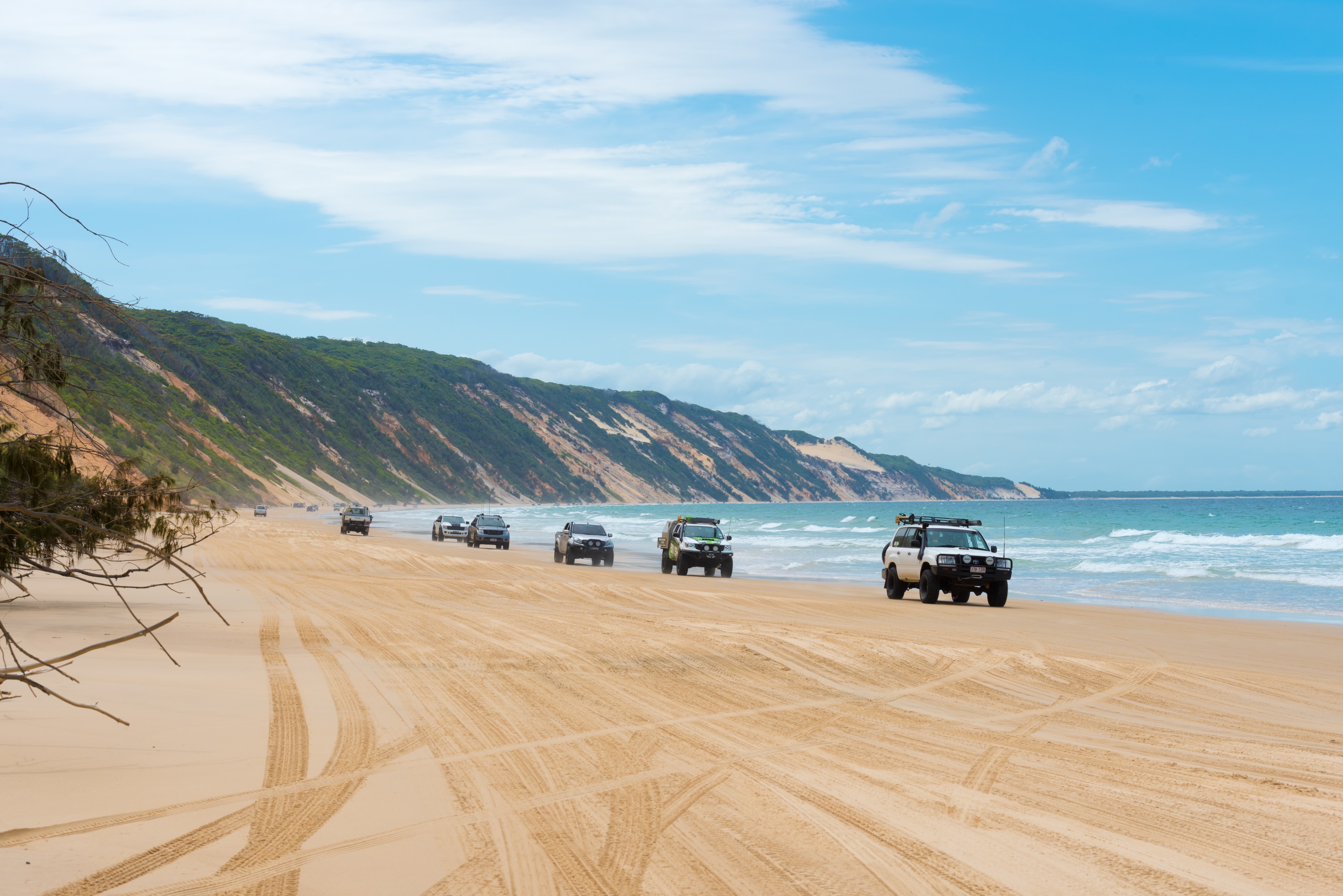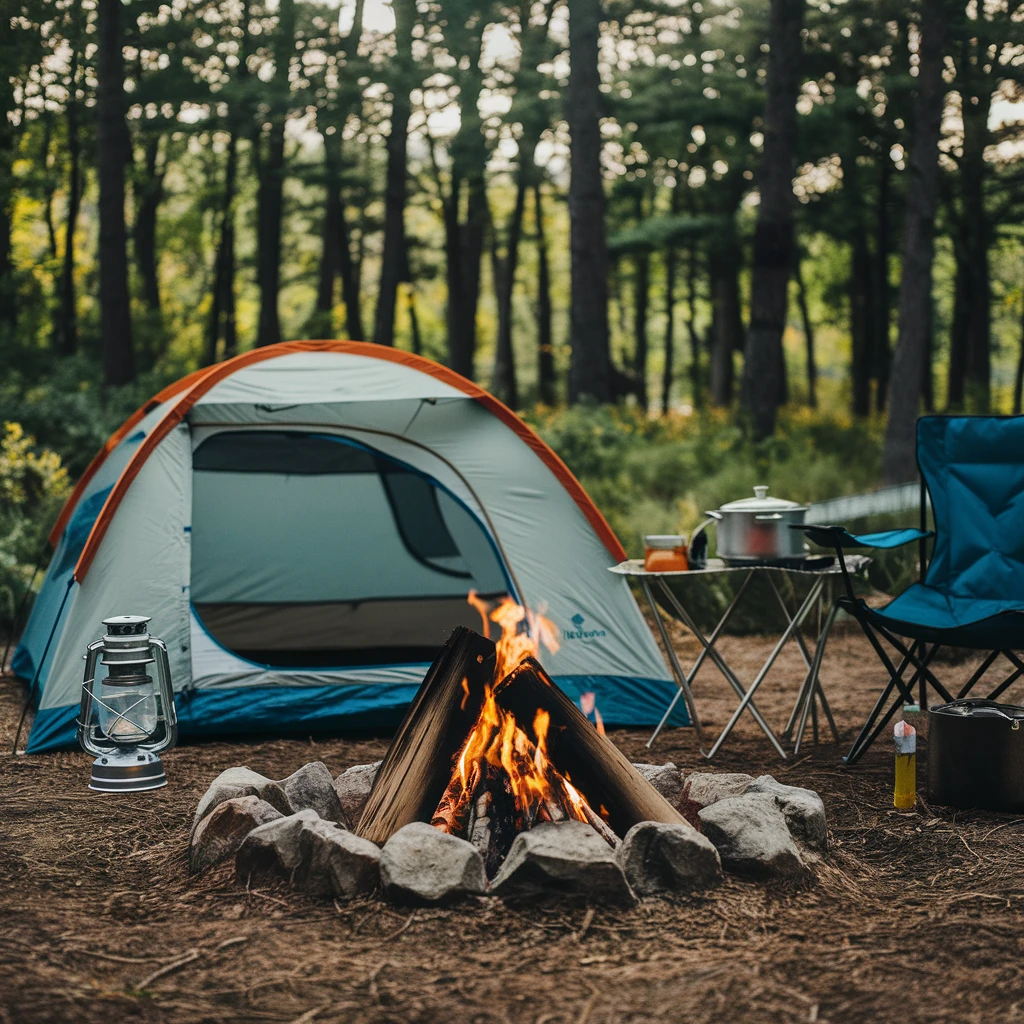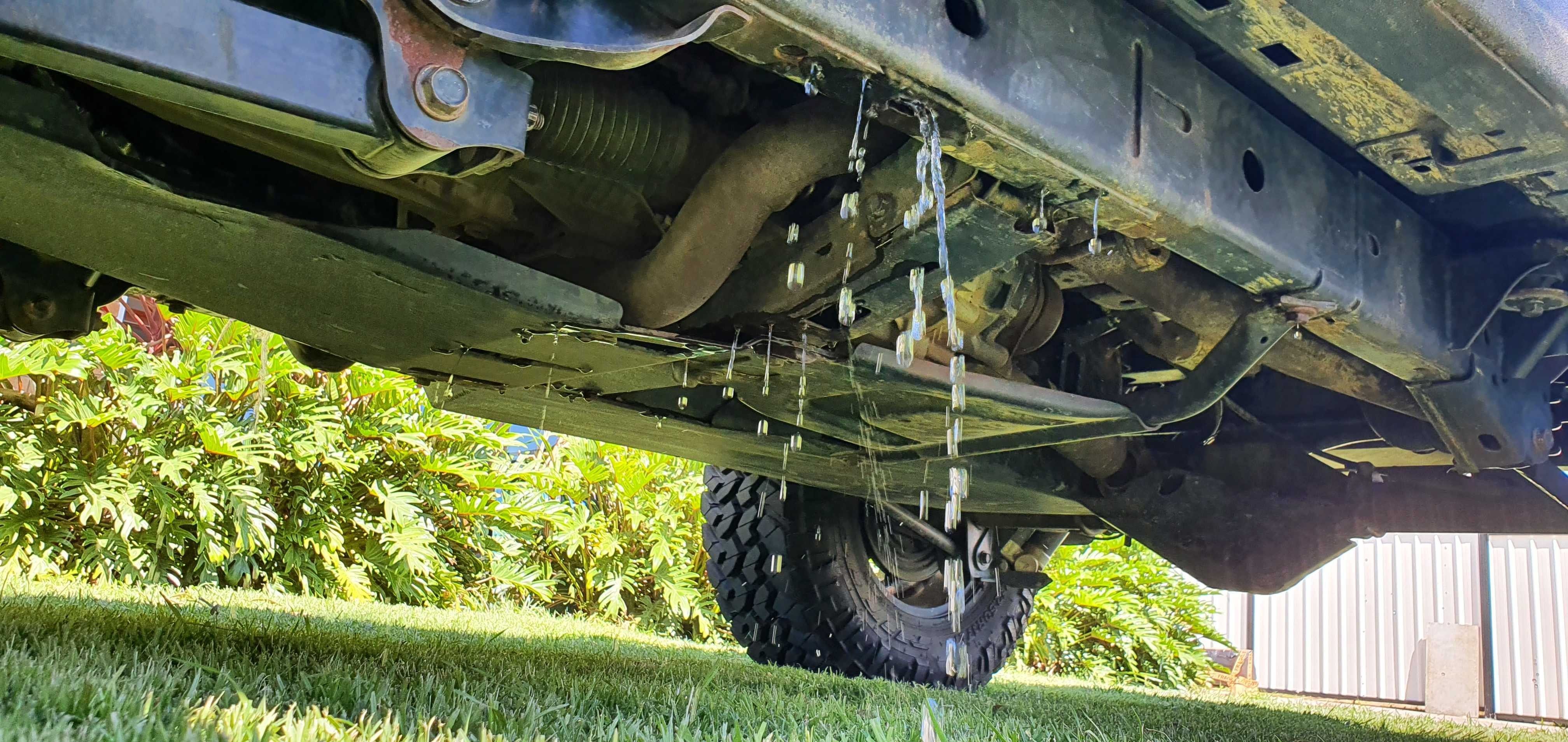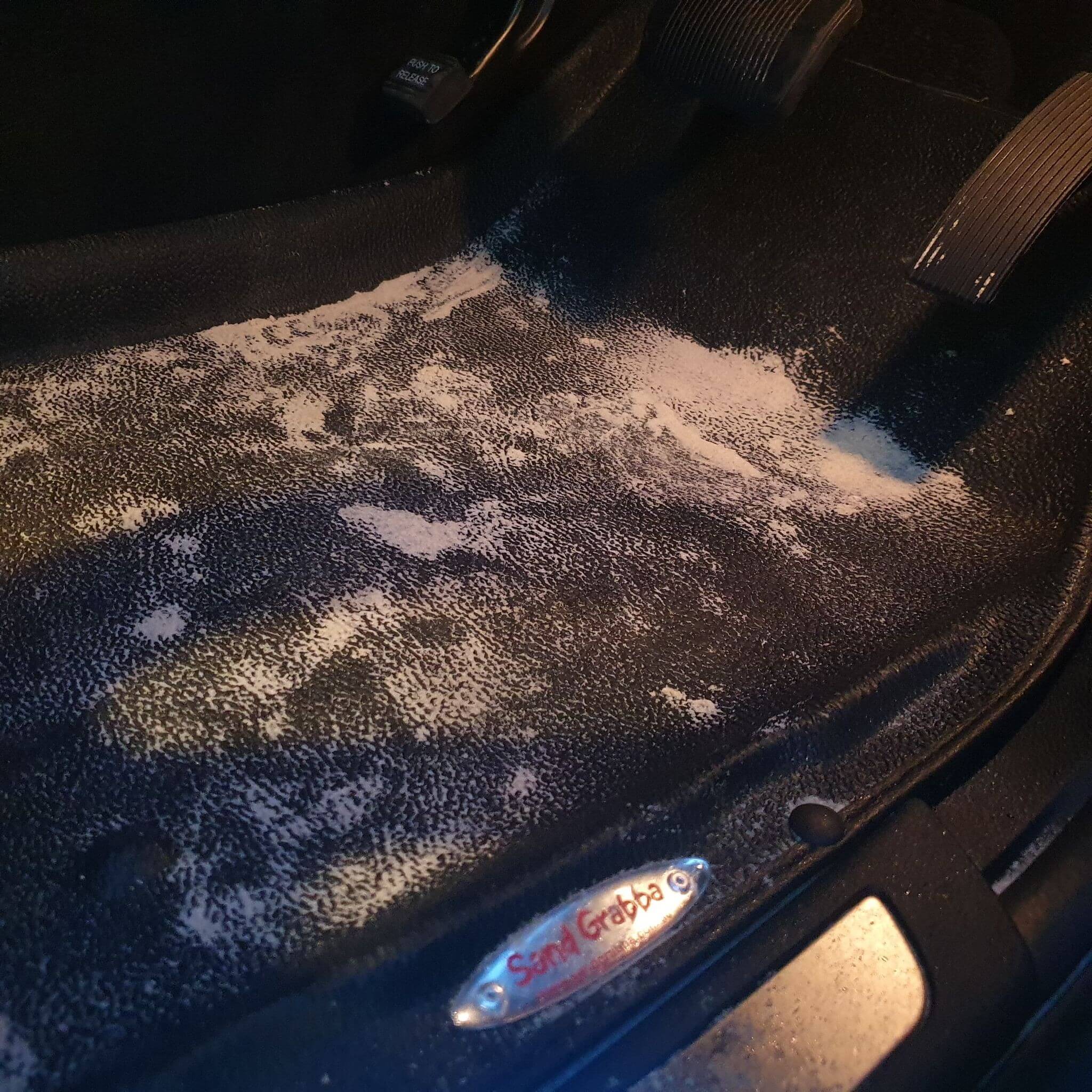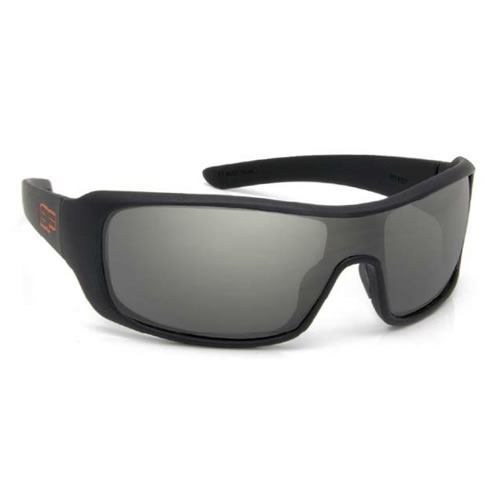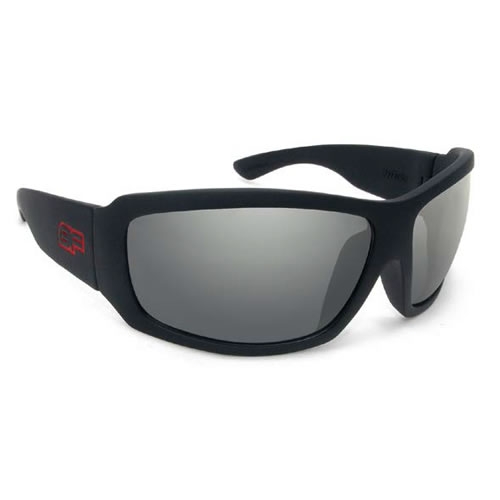UHF Radios & Antennas
A lot of people rely on their mobile phone for communications when they’re touring, but if you’re seriously into getting away from civilisation there’s a lot to be said for having a UHF radio in your vehicle as well.
Check out any 4wd accessory shop and you’ll find a decent range of UHF radios. Handsets are cheap and popular, but they have a pretty short range – and it gets even shorter when you’re using them inside a big steel box. If you want to talk to anyone more than a couple of kilometres away you need a vehicle set with a proper external antenna. The simplest antennas have a magnetic base and stick to the roof of the cab, but you’ll get far better results with a permanently mounted one.
If you have a set of bull bars on your vehicle there’s a good chance it already has antenna mounting holes drilled in it. These make it a really easy job; you just run the wiring and fit the base unit in one of the holes, and that’s you ready to go. That might not suit you though. A UHF antenna tends to wave around a bit when you’re driving, especially over rough ground, and some drivers find that distracting. Unfortunately the mountings are usually well in from the ends of the bull bars, right in the middle of your field of view.
There are a couple of alternatives. You can put your antenna on the roof. That actually has another advantage apart from keeping it out your line of site, and it’s a pretty massive one. UHF is pretty much line of sight only, so the higher you mount your antenna the more range you’ll get. On the roof, or even on the frame of your roof cage if you have one, will give you the best performance. There are downsides though. Antennas are tough, but they’re not indestructible. If it’s on the roof it’s going to take a lot of abuse from overhanging branches (not to mention doing a lot of damage to foliage) and if you forget about it and go under a bridge too fast it’s probably going to break.
An alternative is to fit it at the outside corner of your bull bars. That probably means drilling a couple of holes for the base – make sure you add a drainage hole at the bottom, to stop any water getting in the top and rusting away inside your bars. With the antenna mounted here it’ll be slightly lower than if you use the standard mounts, so you might lose a little bit of range, but it won’t bother you as much when you’re driving. Some people also find that if it’s on the passenger side it makes a handy indicator for where the corner of the vehicle is.
Like we said, antennas are tough, but they do break sometimes. Carry a complete spare – base as well – in your parts kit, so you can get your radio back in action if anything happens to it. Carry some extra coax as well. In an emergency, antenna height can be what makes the difference between getting rescued and being left out there for the dingos. If the vehicle’s immobilised and nobody hears you, try dismounting the antenna and mounting it on the end of a long pole – an awning pole will do. That can easily double your range. Of course you’ll need some extra cable to get it up there, so make sure you have it. It can also be handy if the wiring gets damaged. That doesn’t happen often but it’s not unheard of, especially if the mount is on your bull bars.
A good radio isn’t just safety gear; it’s also a way to keep in touch with mates and find out what’s going on up ahead. Chat on the radio can let you know about weather, traffic and anything else that’s happening. Even if you never need it to call for help it’ll be very useful and probably a lot of fun too.

